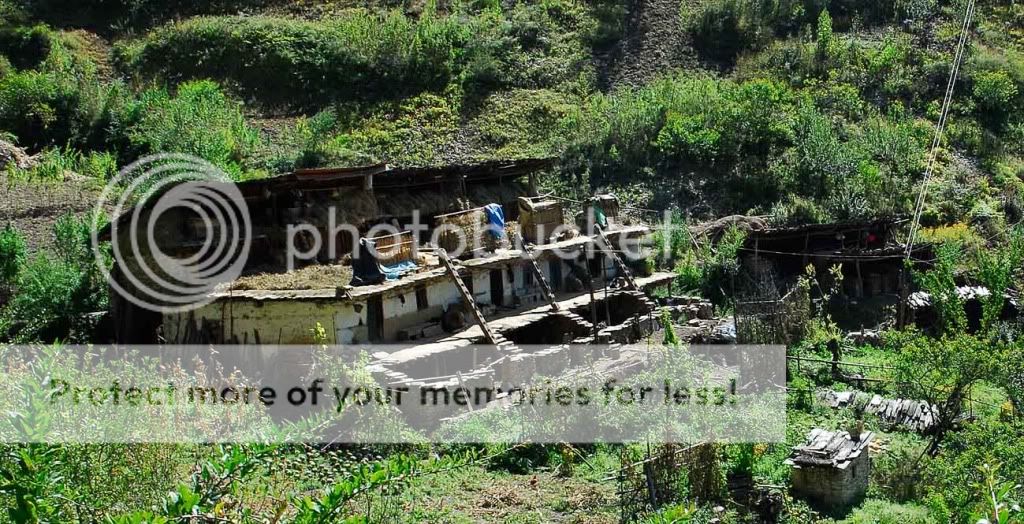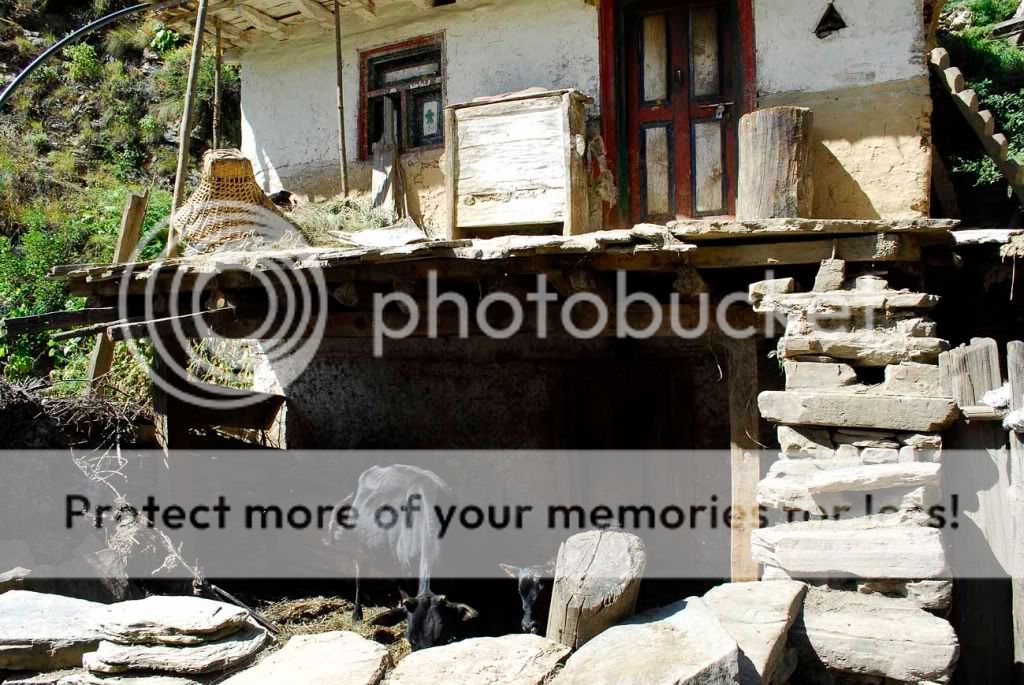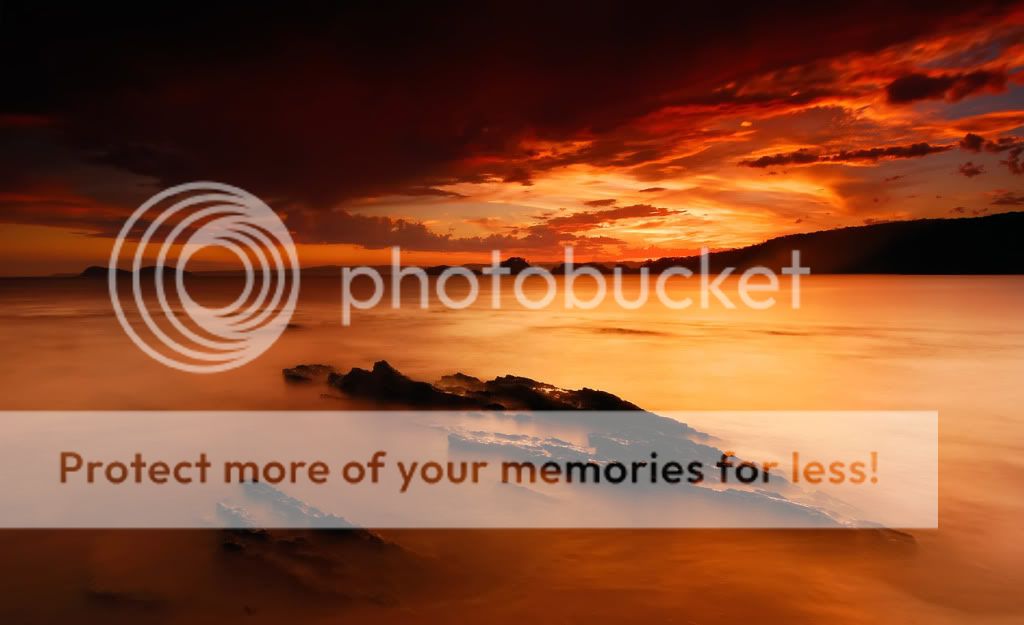emydura
Well-Known Member
Thanks for the kind comments. I'll post more when I have sorted them out.
I used the Nikon SLR D200. Nice camera which has now been upgraded to the D300.
I was a lot fitter at the end then when I started.
David
I'm speechless after viewing your thread! Stunning photography! One of the best ones I've seen. Thanks for sharing. What camera have you used?
I used the Nikon SLR D200. Nice camera which has now been upgraded to the D300.
I had no idea you were a goat in your prior lifetime! Those are some steep hills, the mountains must be quite the sight.....It looks like a great workout..
I was a lot fitter at the end then when I started.
David













































